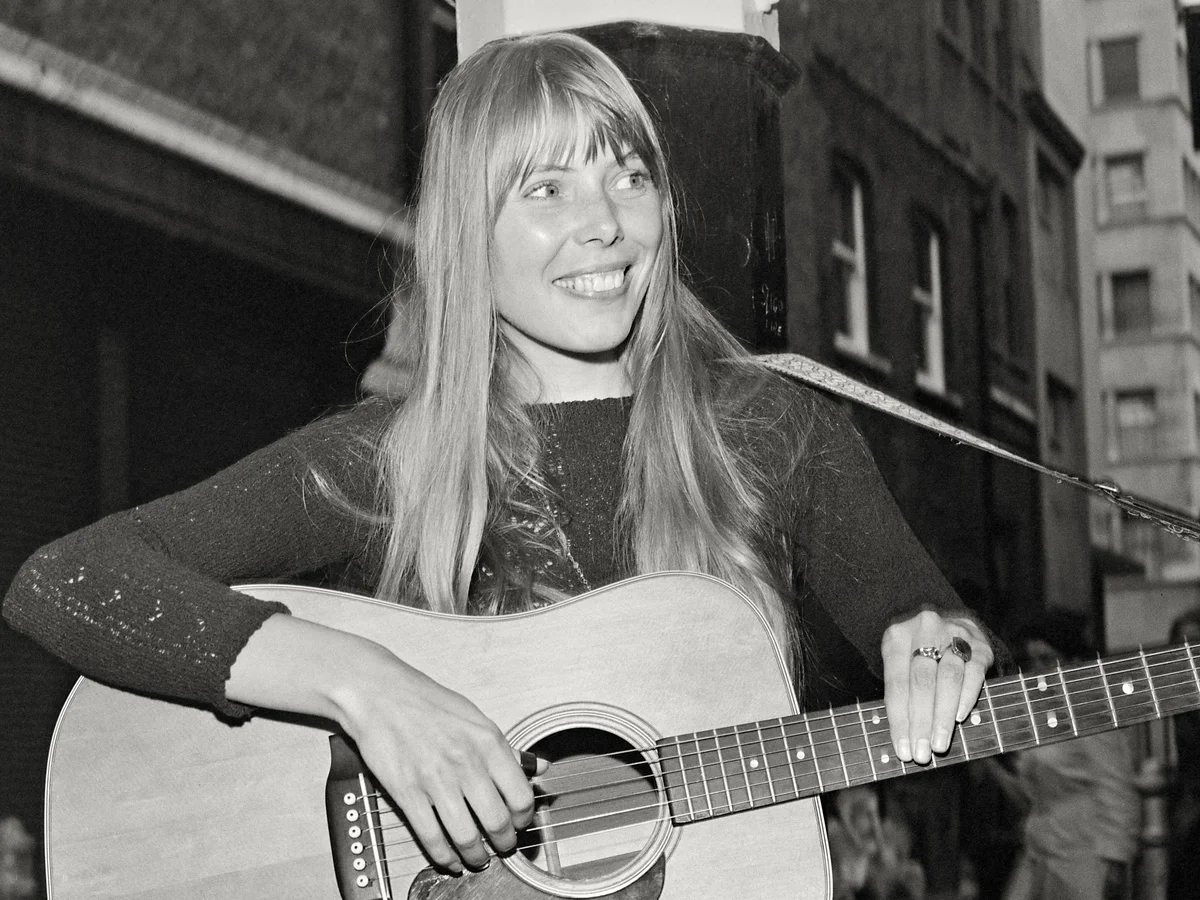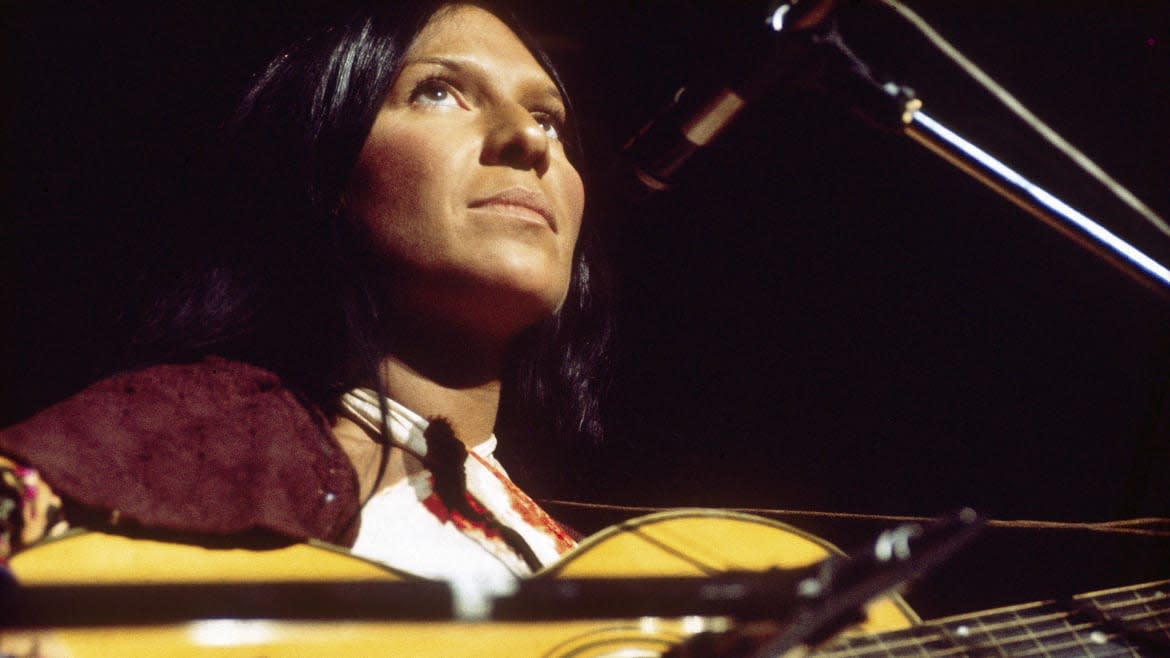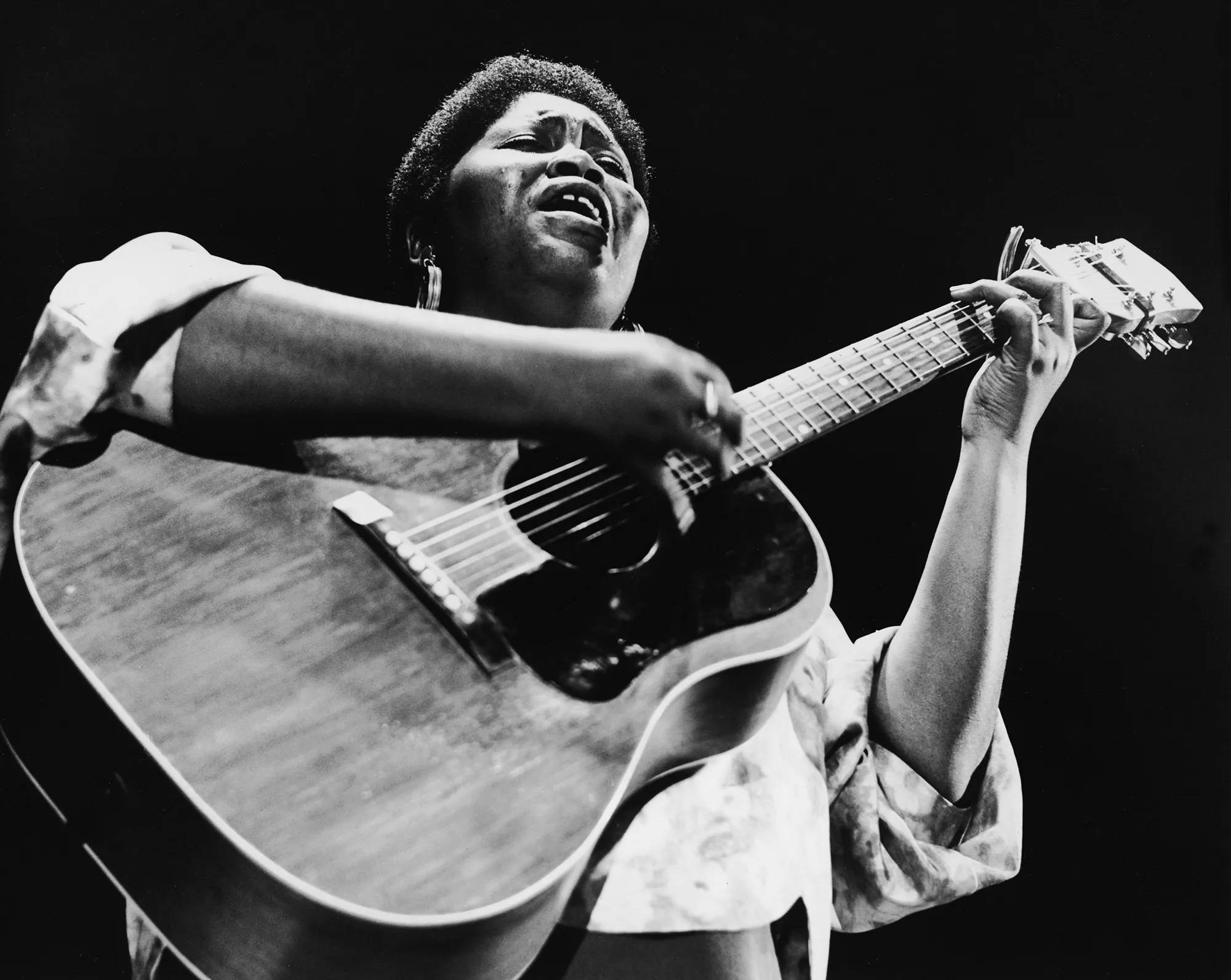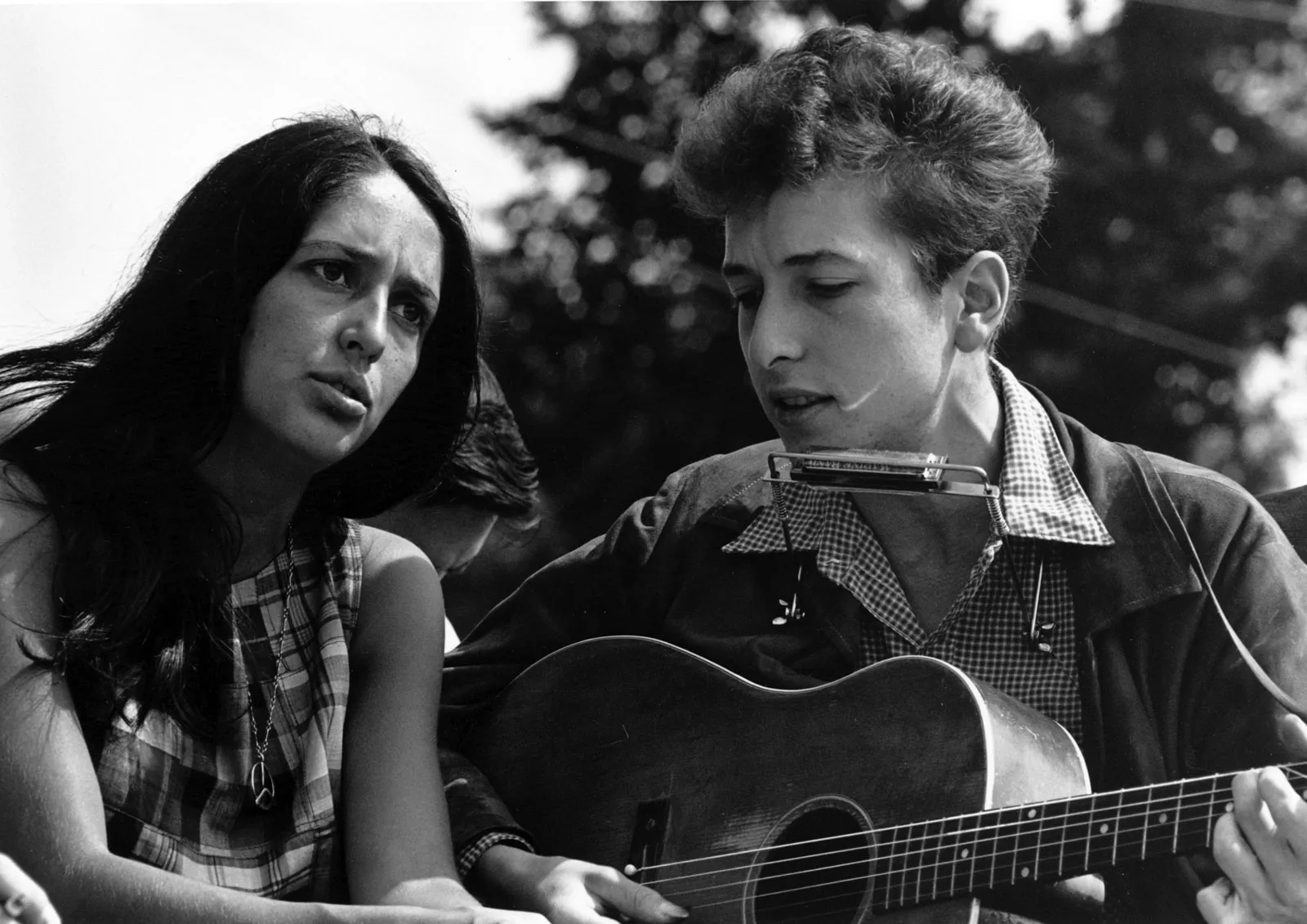By Katerina Valouxi,
Folk music has always been music made by the people, for the people. Traditionally, folk was the music of the common people, being passed down orally to the next generations. However, folk, as we know it today, started emerging mainly during the 1960s, a time of social turmoil when the voice of the marginalized had to be amplified. At the time, legendary artists like Bob Dylan and Leonard Cohen started rising to the top, inarguably creating a musical legacy that still stands strong. However, there also existed many female folk singers that contributed to making folk music what it is today, whose legacy may not be completely ignored, but it is definitely overlooked.
Nowadays every kid knows Bob Dylan, but only a few may acknowledge Joan Baez as something else other than Dylan’s lover. The daughter of a Mexican physicist, Baez grew up in a family influenced by pacifism and activism. Taking guitar lessons from a young age, she started appearing in music stages in the early 1960s, swiping everyone off their feet because of her admirable guitar playing and her crystal clear voice. Already having established herself on the scene before Dylan, she was one of the most popular faces of folk music at the time, being on the cover of Time at just 21 years old, while also being present at protests and political events, including the historic 1963 March on Washington for Jobs and Freedom. Her song “Diamonds and Rust” that came out in 1974 became one of her most vulnerable and ultimately popular songs, referring to her passionate relationship with Bob Dylan and a phone call that never quite ended.
Joni Mitchell’s most important outlet had always been her art. Born in Canada, she convinced her parents to let her take piano lessons at the age of seven, which however did not last longer than a year and a half. When she was twelve, and after being influenced from her English teacher, she took an interest in writing and folk music. Later on, she dropped out of college where she was studying art to pursue a music career. Until 1965, she performed as a duo with her husband, Chuck Mitchell, a Toronto folk singer, with whom she broke up in 1967. In 1968, finally free, both creatively and emotionally, she released her first album. She continued writing songs for other artists as well, but her breakthrough came with her third album, in 1970, with songs such as “For Free” and “Big Yellow Taxi“. Mitchell was not only a creative force because she designed her own album covers and wrote her own songs, but because she was also deeply knowledgeable of the human condition. Listening just once to songs like “Both Sides Now” and “A Case of You” is enough to make anyone realize that she could write a song about a grocery list and still somehow make it about longing for memories that exist in the past and will never be experienced again.

A controversial figure because of her ethnicity which has been questioned multiple times, Buffy Sainte-Marie began to rise to stardom in the 1960s. Her musical abilities were apparent from her early childhood, when she started teaching herself to play the piano by ear and making up songs of her own. Additionally, she invented new tunings in the guitar that she got as a gift for her sixteenth birthday, tunings that influenced both her own guitar playing and the music of future artists she collaborated with. She studied Oriental Philosophy and Education in college, and, after graduating, she began singing in coffee houses in New York’s Greenwich Village, which granted her the first recording contract. Sainte-Marie heavily contributed in what is now called digital art and electronic music, and her indigenous heritage was central to her identity with her debut record, “It’s My Way!,” featuring “Now That the Buffalo’s Gone,” a powerful song protesting the loss and gentrification of indigenous land. Moreover, she was the first Indigenous person to appear on “Sesame Street” and also win an Oscar for best original song in 1982, for co-writing “Up Where We Belong”, from the movie “An Officer and a Gentleman.”

Starting her career a little earlier, Odetta Felious Holmes recreated folk music by employing her opera education and was crowned “The Mother Goddess of Folk Blues” by the New York Times. She studied European classical music at Los Angeles City College in the evenings while working, and started singing songs like “Take This Hammer” and “Another Man Done Gone” which were considered as blues or gospel but were beginning to be categorized as folk. Odetta then started becoming popular because of her vocal technique and the way she used it in order to express the intensity of American labor. In addition, she developed her own guitar technique called “the Odetta strum” with the help of teen virtuoso Frank Hamilton. Her combination of strong vocal vibrato that she kept until the 1970s as well as her brilliant guitar playing made her folk sound almost operatic. In 1978, Bob Dylan himself told Playboy magazine that Odetta was the first artist to turn him on to folk singing. Talking about his activities and inspirations he said: “I heard a record of hers in a record store, back when you could listen to records right there in the store… Right then and there, I went out and traded my electric guitar and amplifier for an acoustical guitar, a flat-top Gibson”.

Female folk artists of the 1960s were not just lovers of other famous singers. They were activists, musical figures who could write and sing about human rights and complicated feelings better than anyone else could. Their subtle but powerful guitar strumming and their gentle but soul piercing voices shaped not only the future of music as we know it today, but also our understanding of what it means to be human and fight for the people’s rights.
References
- Buffy Sainte-Marie pushes back against doubts over Indigenous ancestry. National Post. Available here
- How Odetta Revolutionized Folk Music. The New Yorker. Availbale here
- Joan Baez. Teach Rock. Available here
- Joni Mitchell. Songwriters Hall of Fame. Available here




